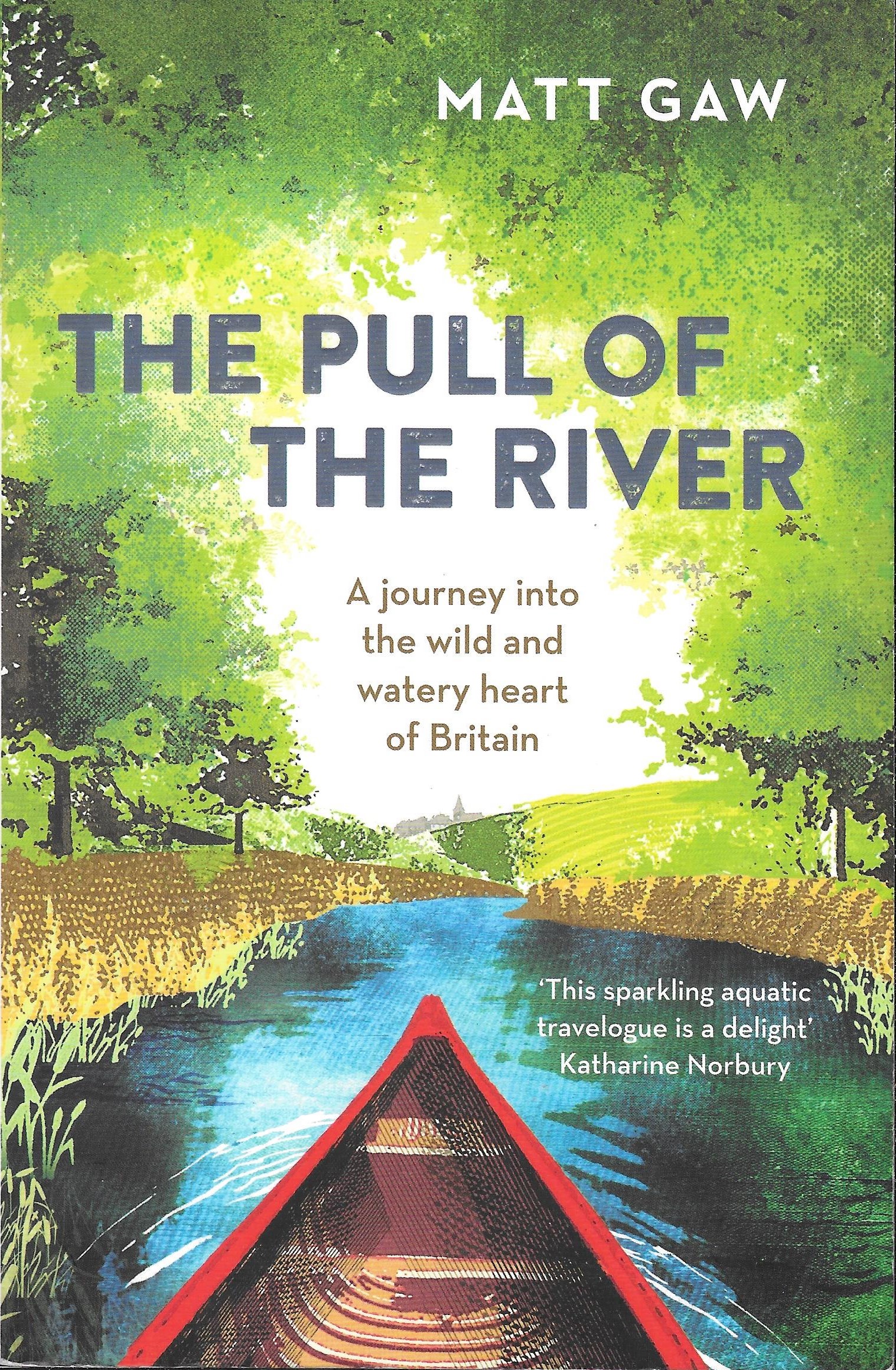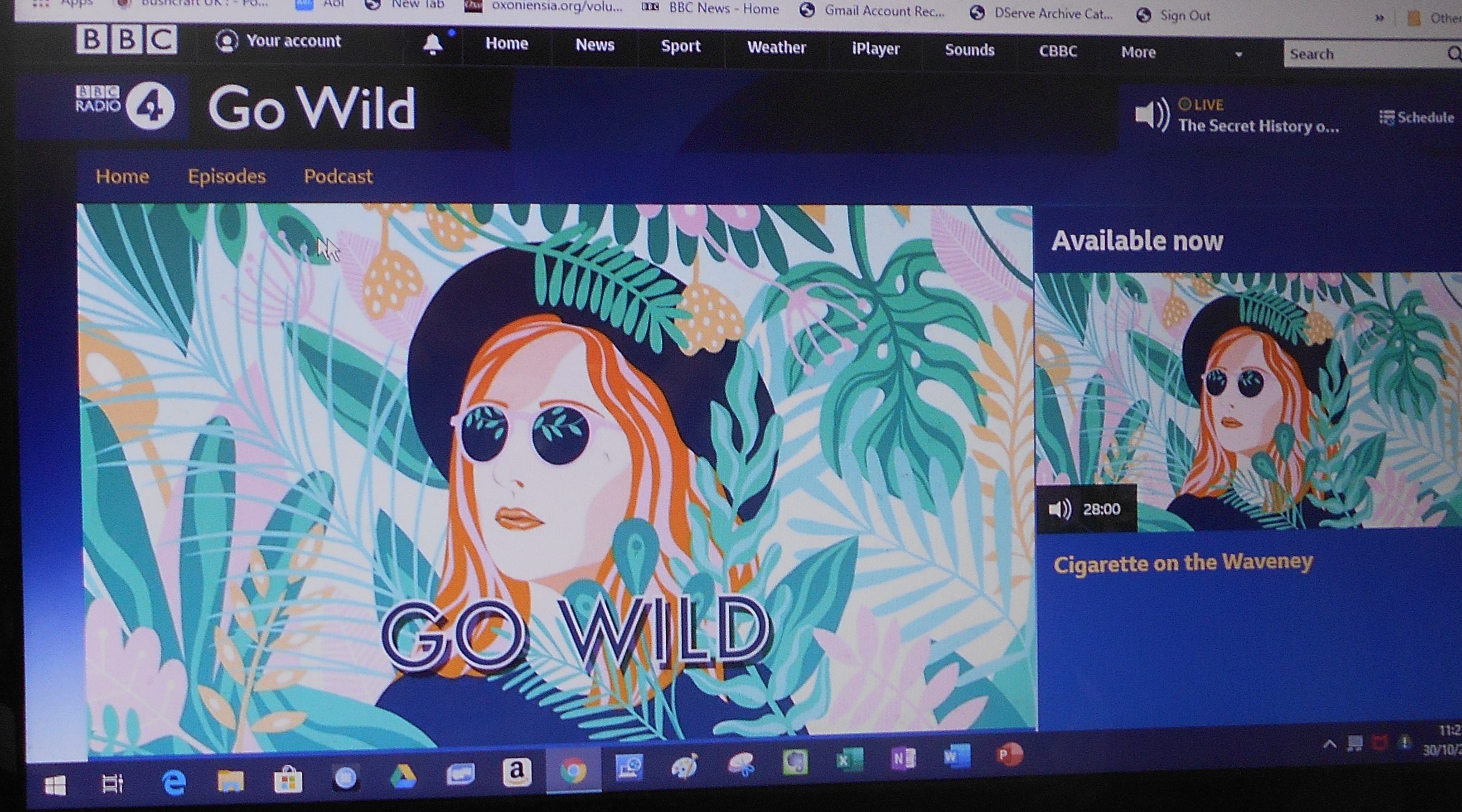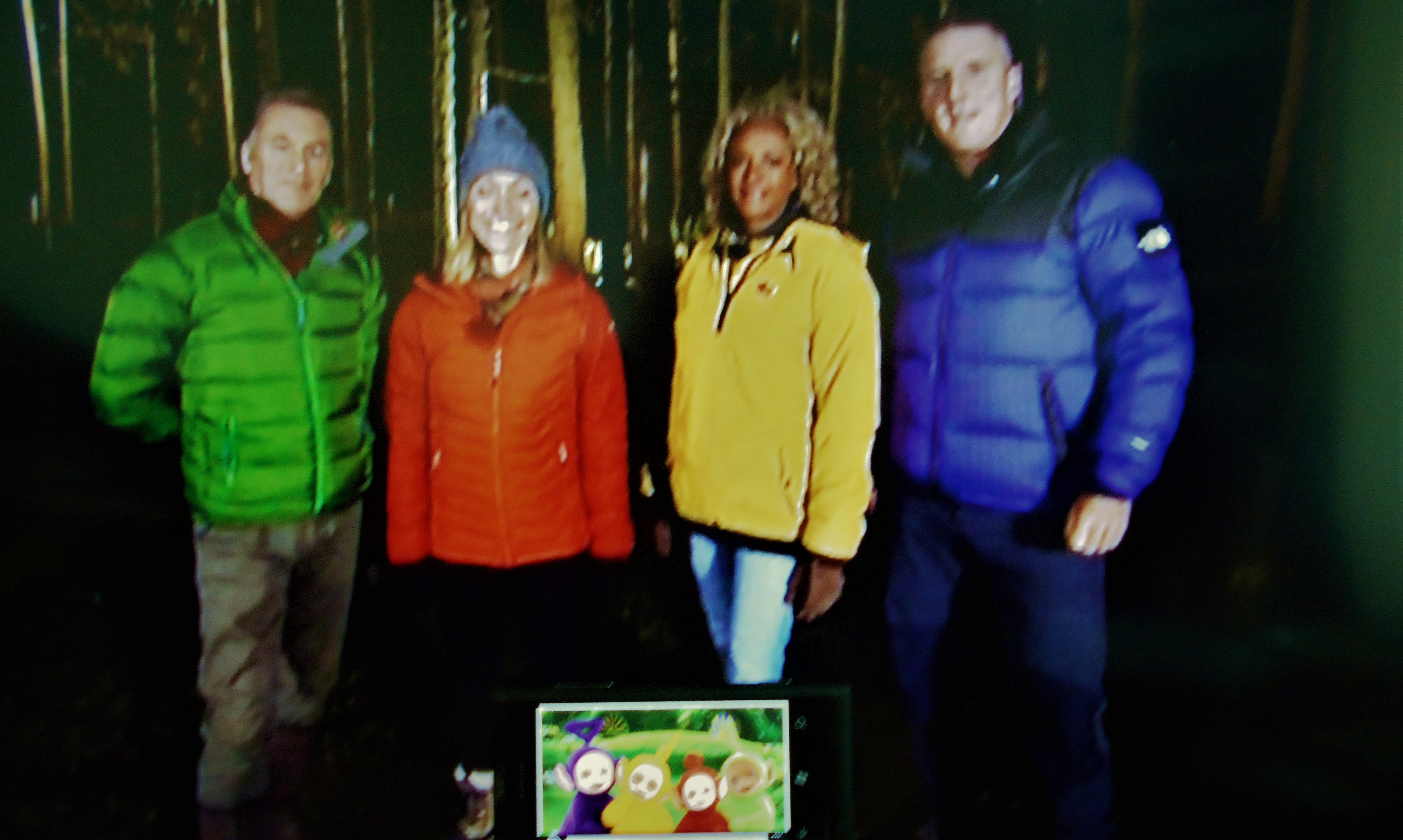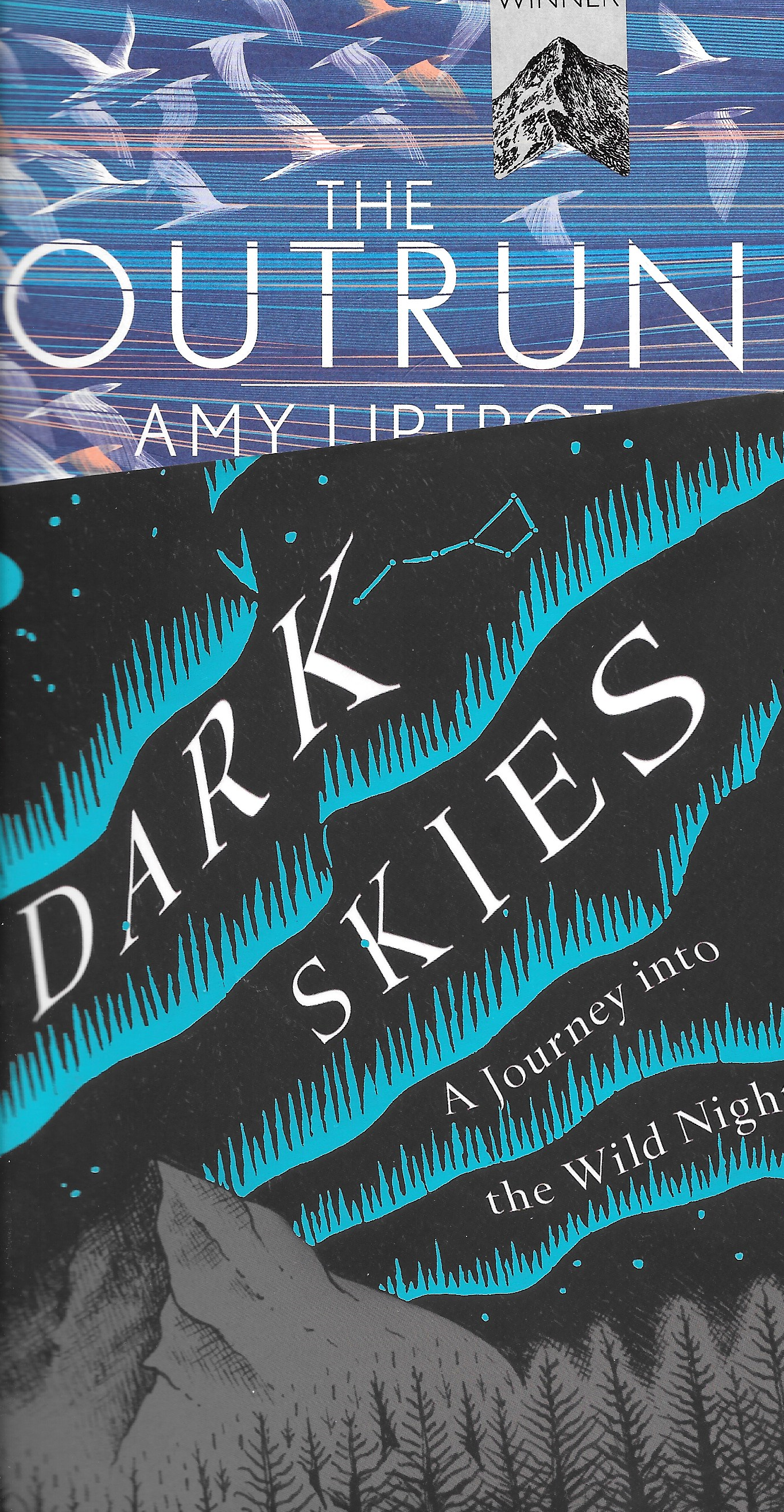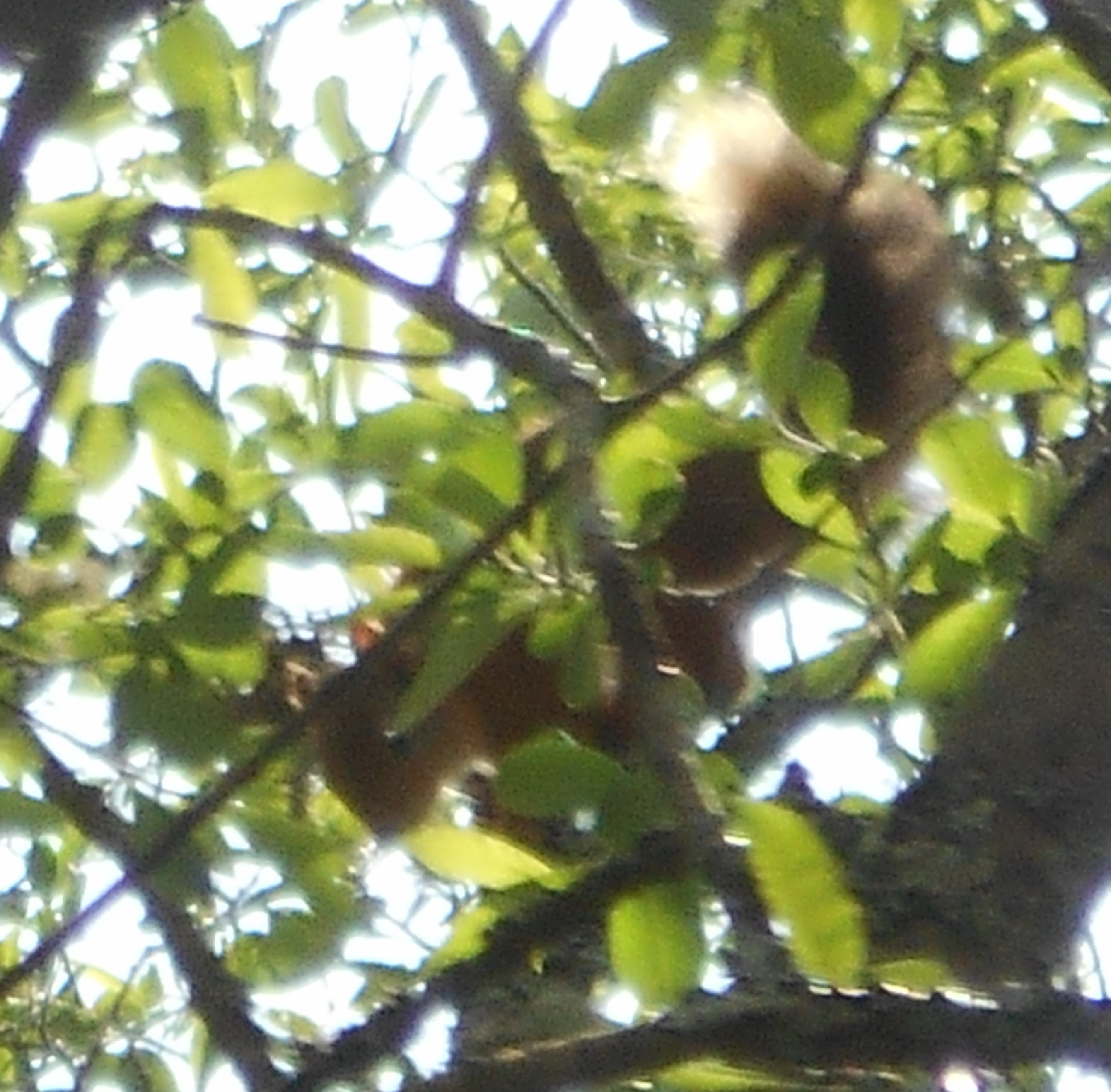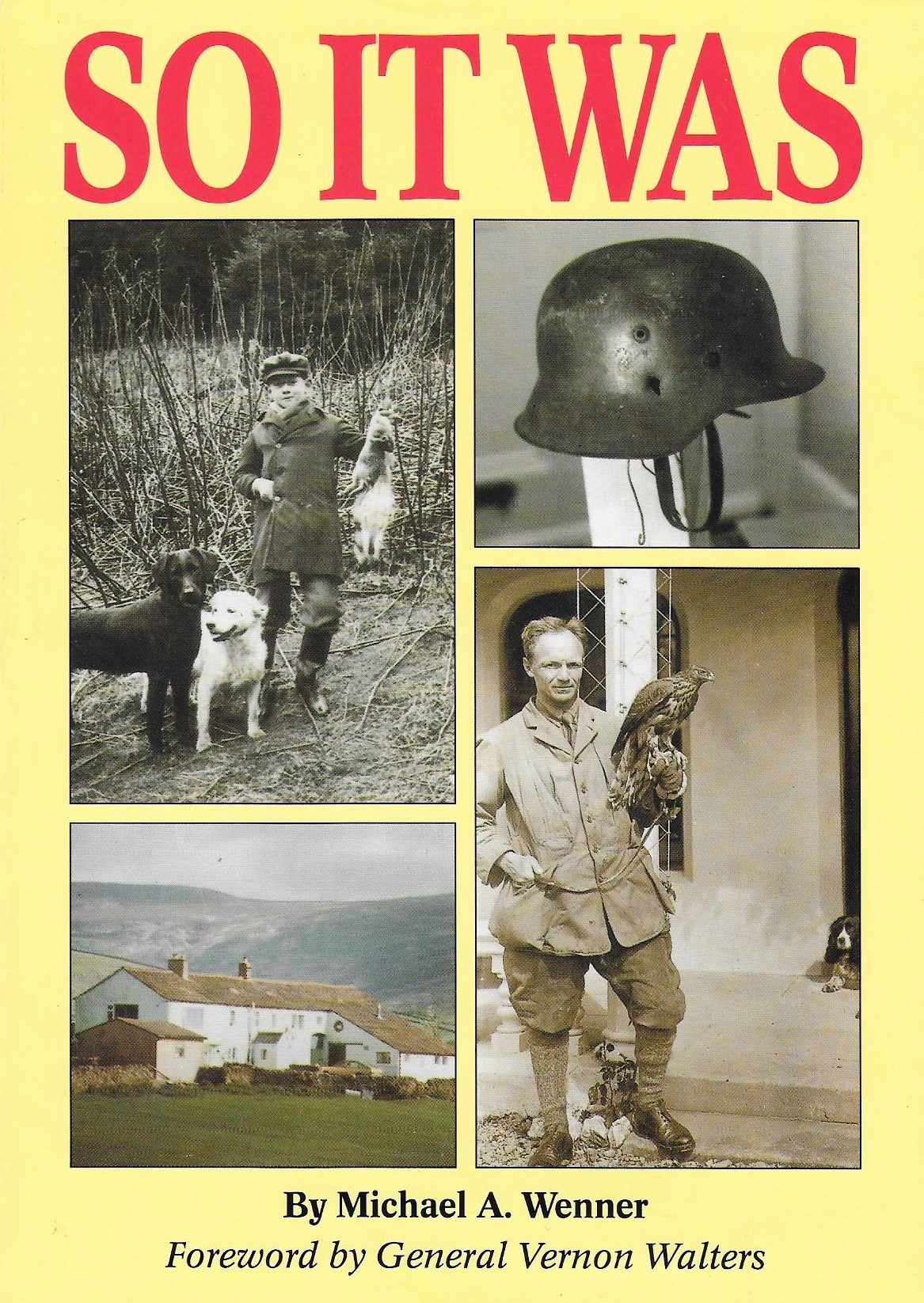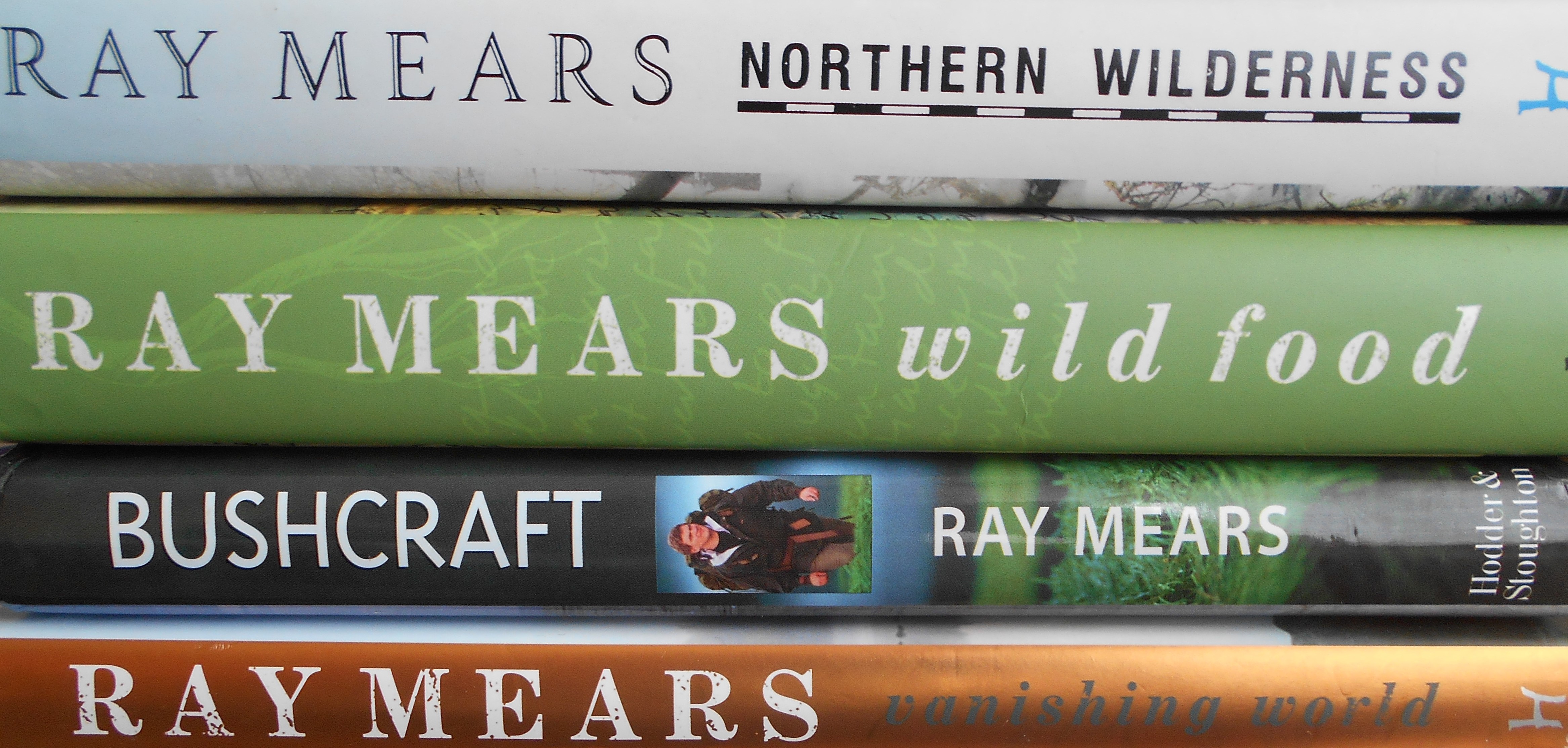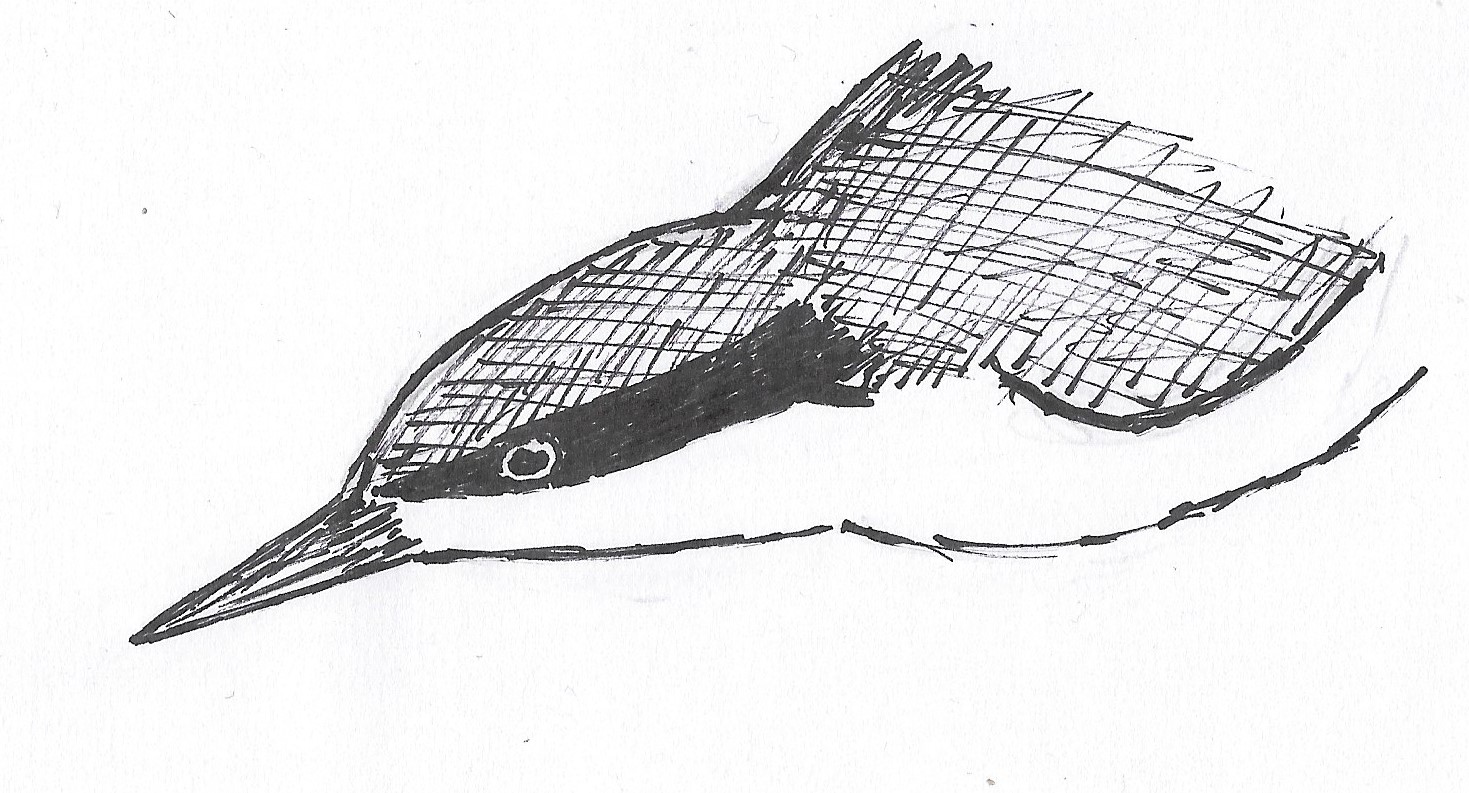
In my mind’s eye feeding birds has always been something for old people. Certainly, I remember from childhood both pairs of grandparents feeding birds and getting great delight from it. But we never fed birds at home when I was a kid and as an adult my attempts had been limited to putting a few scraps out when it snowed when, we are told, birds are going hungry. No-one seems to have told the birds this though, as my offerings were wholly ignored, if not scorned.
So, was its age that led me to spontaneously pick up a birdfeeder whilst I was queuing to pay for a new shirt in late spring? And then to buy it too? I don’t know; possibly. I had joined the Ramblers earlier in the year, a group I always thought was for the senior age group. But the story behind that is one for another day.
However, at the risk of seeming to be in denial, I don’t actually think it was an age thing. In my mind it was the understanding that British birds are in decline. Hell, every species on the planet seems to be in decline, except rats and humans; and reality TV stars (a mix of the two). And it all feels quite hopeless at times, but birds I hope, are perhaps something I could have an impact on.
My thinking is that whilst woodland sustains bird life, as do open fields, the habitats that birds like most are a mixture – hedgerows and woodland fringes. I don’t know if that is a very scientific conclusion, but I notice more birds at the edge of a wood than in the middle of it.
My garden backs onto a field and a wooded area and so has quite a few feathered visitors, partly I reckon because it also has several small trees linked by large shrubs.
As soon as I put the feeder up it drew in birds. It also drew in squirrels. Luckily, we don’t get many of the grey tree-rats, and a shield made from a poundshop pizza tray with a hole drilled through it mostly kept them at bay over the summer. Mostly. They do still attempt to get at the food, but a cordless doorbell hung nearby usually scares them off and so the birds get most of the food. That’s not to say they don’t go hungry. The feeder was such a success that I got two more and even then, regular topping up was required, though that has slowed as autumn arrived. I also set up a plastic flowerpot saucer as a drinking point/bath and this has been as much of a success if not more, no doubt because of the hot weather we had.
Although I put perches on the feeders to make them more accessible, it is largely the tits that feed from them, and we often get between ten and twenty long-tailed, blue, coal and great tits using them at one time. Robins are moderately successful on the feeders and a male blackbird is comically bad at using them. We also get a woodpecker (which I have talked about before) who is a messy eater. However, the food debris on the ground attracts a greater variety of birds with wrens, dunnocks, thrushes, a dopey pigeon and its more elegant collared dove cousins coming into feed.
For several reasons, amongst all these avian diners, my favourite visitor is the nuthatch.
To begin with, it is because it is the only bird that can hop down (underline) a tree trunk, which is pretty impressive.
Then, because it reminds me of the walks my son and I used to take when he was a tot. We would wander through fields and woods, always looking for something to watch or investigate. On one such wombling expedition we had stopped for a snack and were sitting on the trunk of a fallen tree, when we spotted a nuthatch on the trunk of an oak. It proceeded to hammer a small acorn into a fissure in the bark, so that it could feed on it, exactly as described in books, but rarely seen in real-life.
And the last reason takes me full circle. My paternal grandmother used to put seeds out for the birds. I don’t recall ever seeing any on her feeder, but then there was generally a tribe of us kids thundering between house and garden. But whilst I mightn’t have seen many birds in the flesh (or should that be feather?) back then, I do recall enjoying the boxes the bird seed came in. They had named illustrations of individual species down the sides and it was the nuthatch I liked the best. Something about the colouring and shape set it apart from the others which seemed brown, or dumpy. Or brown and dumpy. I also loved the black bar that ran across its eyes, like the mask of a superhero, or a highwayman, or Zorro, or the Lone Ranger. It was just flat out cool.
And many years later, they still look pretty damn amazing, and even more so in real life.

